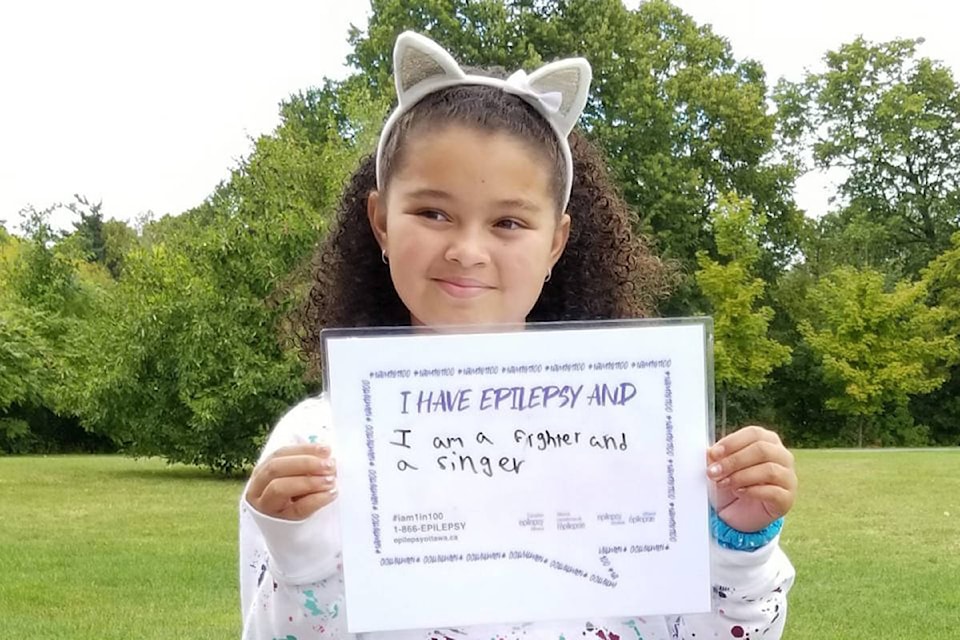Purple Day is an international grassroots effort dedicated to increasing awareness about epilepsy worldwide.
On March 26 annually, people in countries around the world are invited to wear purple and host events in support of epilepsy awareness. Last year, people in more than 85 countries on all continents participated in Purple Day! Canada is the only country in the world who officially recognizes March 26 as Purple Day through the Purple Day Act implemented on June 28, 2012.
In 2009, Cassidy Megan and the Epilepsy Association of The Maritimes joined forces with The Anita Kaufmann Foundation to launch Purple Day internationally. As the global sponsors of Purple Day, Cassidy Megan, The Epilepsy Association of The Maritimes and The Anita Kaufmann Foundation are committed to partnering with individuals and organizations around the world to promote epilepsy awareness.
The combined efforts of Cassidy Megan, EAM and The Anita Kaufmann Foundation have led to the involvement of numerous organizations, schools, businesses, politicians and celebrities around the world.
Epilepsy is a neurological disorder of the central nervous system, specifically of the brain . It is characterized by the tendency to have recurrent seizures.
A person would be diagnosed with epilepsy if they have at least two unprovoked (or reflex) seizures, or one unprovoked (or reflex) seizure and are very likely to have another, or diagnosed with an epilepsy syndrome.
The International League Against Epilepsy (ILAE) recently classified epilepsy as a disease, instead of a disorder, to better convey that epilepsy is a serious medical condition.
The brain is made up of billions of nerve cells or neurons that communicate through electrical and chemical signals. When there is a sudden excessive electrical discharge that disrupts the normal activity of the nerve cells, a seizure may result.
Seizures cause a change in function or behavior. A seizure may take many different forms including a blank stare, muscle spasms, uncontrolled movements, altered awareness, odd sensations, or a convulsion. The location in the brain of the abnormally discharging nerve cells determines the form the seizure will take. Seizures may occur rarely or as often as numerous times a day. If the condition is successfully controlled by medication, a person may be seizure free.
Epilepsy is one of the most common chronic neurological disorders. An estimated 50 million people worldwide have epilepsy. That means approximately one percent of the general population has epilepsy.
Epilepsy can be present at any age although its onset is most often in childhood or in the later years of life. Sometimes those who develop seizures during childhood outgrow their seizures. In the elderly, there is an increased incidence due to strokes and aging of the brain. In more than half of those with epilepsy, seizures can be well controlled with seizure medication.
EPILEPSY IS HIGHLY TREATABLE
- 70% of people with epilepsy can gain seizure freedom with medication alone.
- 30% of people have drug-resistant epilepsy. There are additional treatments for people with drug-resistant epilepsy that can improve seizure control or stop seizures altogether.
- A person has drug-resistant epilepsy if they have not achieved seizure freedom with adequate trials of two antiseizure medications[3]. There are a variety of treatment options for drug-resistant seizures including surgery[4], medically-managed diet therapy, and nerve stimulation. Treatment options for drug-resistant epilepsy should be evaluated at a comprehensive epilepsy program.
